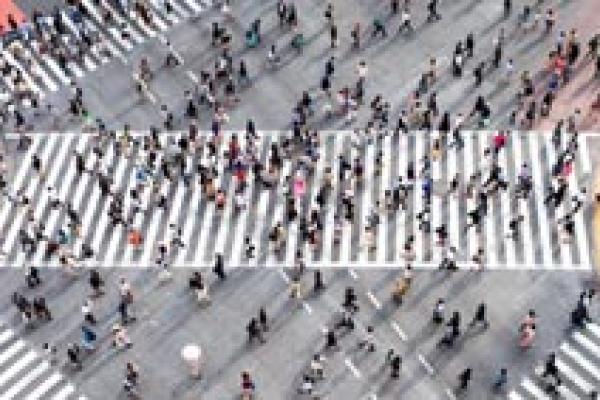
Maths in a minute: Differential equations
Change is the only constant in our lives — which is why differential equations are so useful.

Change is the only constant in our lives — which is why differential equations are so useful.

Christian tells us how geometry can help improve methods for solving differential equations.


Ocean waves are not moving walls of water. Instead, it's some kind of energy that moves along. But then, what happens to the water itself? This isn't just an idle question to ponder while watching the ocean — its answer may help protect us from it too. And it requires some sophisticated maths.
At the University of Stellenbosch, 50km East of Cape Town, South Africa, Kiran Dellimore and his team are engineering medical equipment that will save the lives of people all over the world. Latest projects include replacement heart valves made from kangaroo tissue and equipment to help resuscitate people in emergencies.